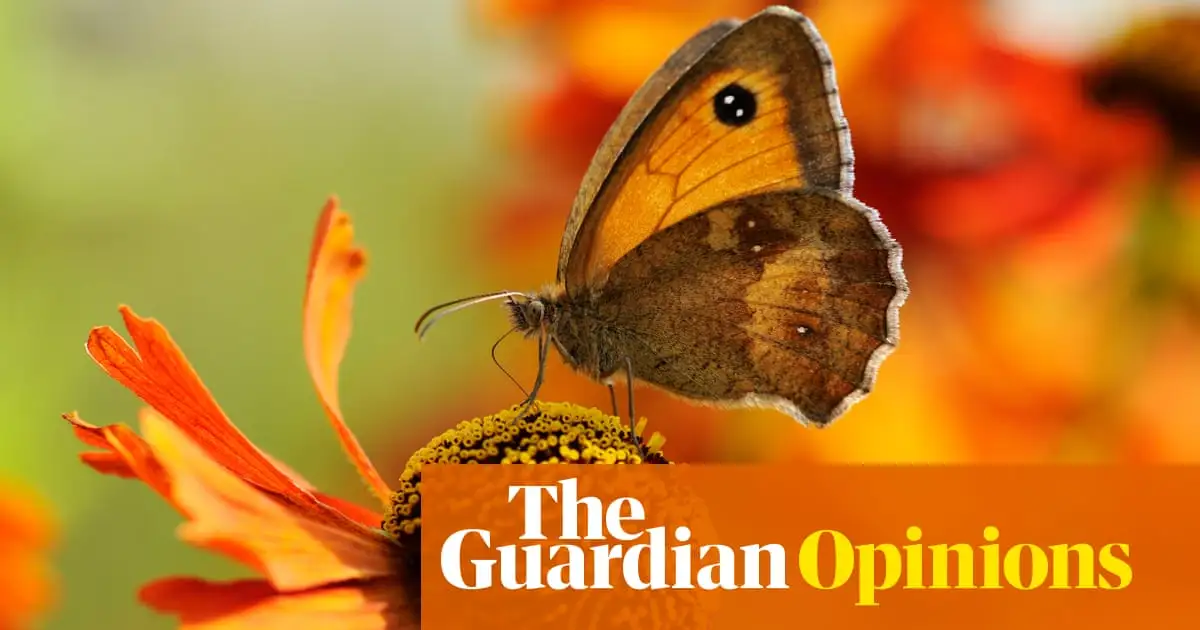Anyone with even a passing interest in the natural world will have noticed a dramatic phenomenon this year: a lack of insects. Perhaps most noticeable is the near-absence of butterflies. Species that are usually common, such as large and small whites, small tortoiseshells, gatekeepers, ringlets, peacocks and meadow browns, are in many places down to the point of having almost disappeared. This is certainly the case where I live, in Cambridge.
Bee populations seem to be down here, too, with flowery margins that would at this time of year normally be alive with pollinators now eerily quiet. Hoverflies are depleted, moths scarce and aphids have either appeared very late or not at all. Buddleia bushes, with their fragrant mauve flowers that are usually festooned with butterflies, moths and many other insects, sit naked of their normal visitors.
There are several probable reasons for this sudden reduction compared with typical summers. The weather has not helped, with a cool and wet spring across much of the country suppressing insect numbers. But even with that factored in, this year’s sudden drop comes after many years of much longer-term decline.


